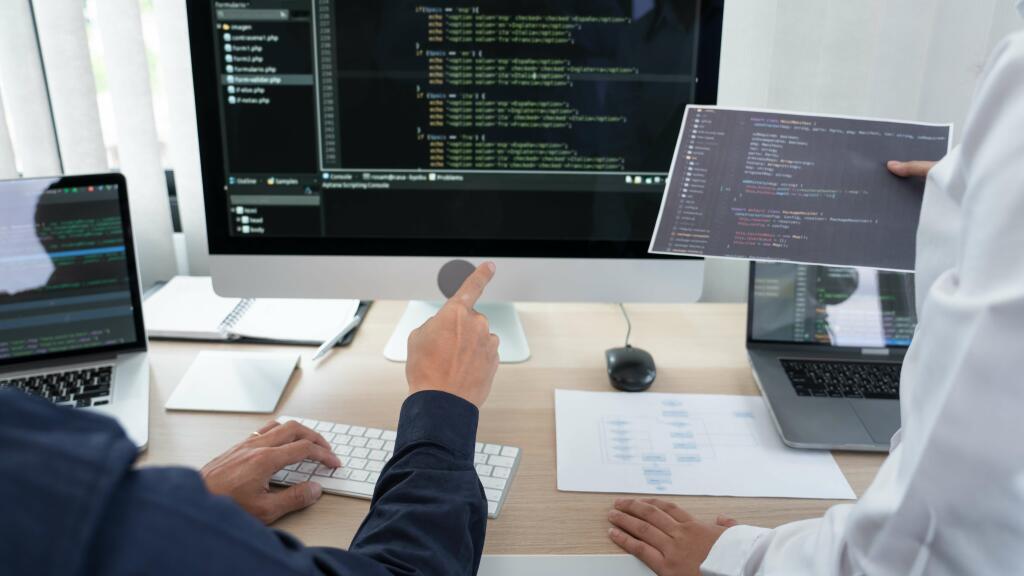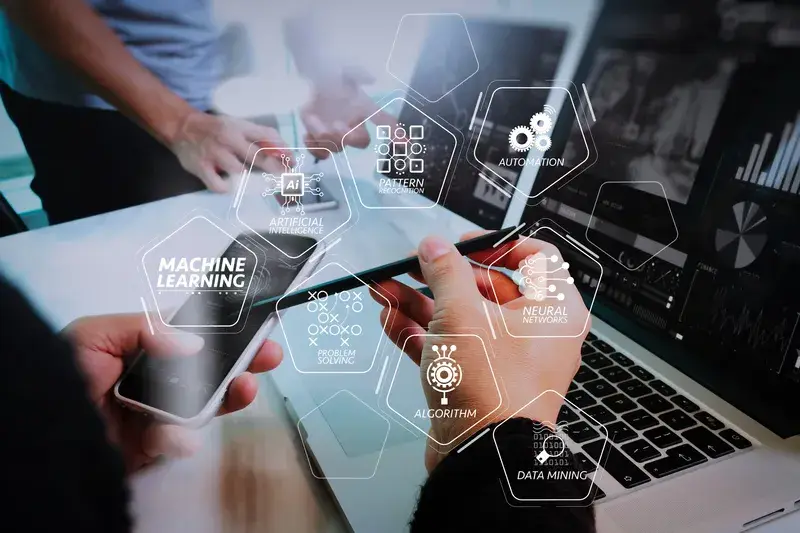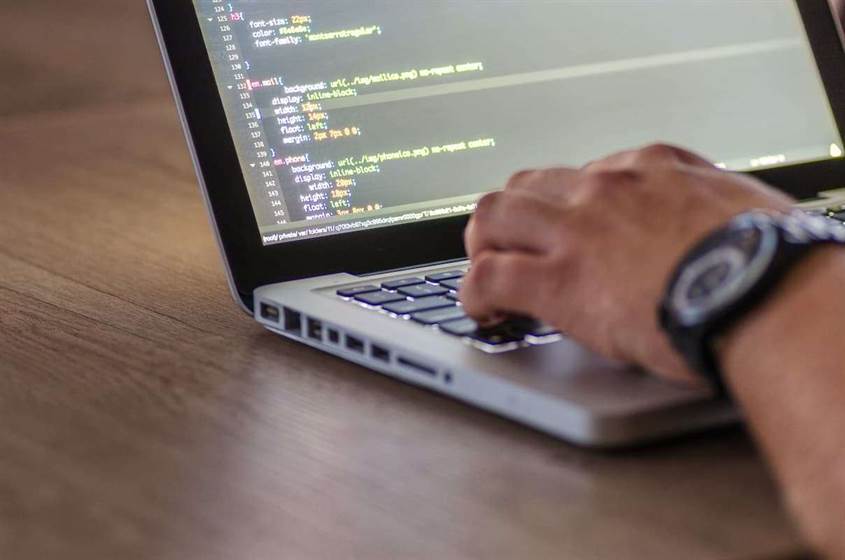In many organizations, legacy applications persist that must still communicate with the device. For this purpose, terminal emulation allows a computer terminal to appear and function like another, usually older type of terminal so that a user can access legacy programs. As nearly as practicable, the host computer will simulate an environment for the program to execute in which it will be processed. Emulators are defined as hardware or software platforms that allow a computer system (or a mobile system) to behave like another so that the former – the host – can run applications and services designed for the latter – the guest. However, the speed penalty inherent in interpretation can be a problem when emulating computers whose processor speed is on the same order of magnitude as the host machine[dubious – discuss]. Until not many years ago, emulation in such situations was considered completely impractical by many[dubious – discuss].
- Networks induce latency, glitches, and packet loss to test how they play out within the emulator.
- Instead of simulating the hardware itself, it replicates the device’s functionalities.
- The two most common uses for emulators are ones for playing video games, and ones for running other operating systems.
- Even Logic Pro X, the popular music recording app for Mac, lets you simulate the sound of a guitar amplifier within your computer.
A video game console emulator allows a machine to simulate the hardware of a video game console and run its titles on the emulating platform. Most often, emulators have additional features that transcend the boundaries of the actual hardware, like wider controller compatibility, better performance, sharper clarity, cheat codes accessible with a single click, etc. Emulation software can also simulate specific pieces of hardware instead of an entire platform. Software developers often use these files to distribute software installers. Computer users may also create backup copies of their discs in case of physical damage. An emulation is created when an emulator device (hardware) or program (software) allows for one system (the host) to mimic the functions of a separate system (the guest).
Architecture Emulator definition
These emulators have made it possible for users to enjoy mobile apps on their larger computer screens. Emulation, in a software context, is the use of an application program or device to imitate the behavior of another program or device. PearPC is an architecture-agnostic PowerPC system emulator that can run several PowerPC (a modified architecture) operating systems, including pre-Intel editions of Mac OS X, Darwin, and Linux.

This often means that a program or app that works on one system won't work on another. This article contains general legal information but does not constitute professional legal advice for your particular situation. The Law Dictionary is not a law firm, and this page does not create an attorney-client or legal adviser emulator definition relationship. If you have specific questions, please consult a qualified attorney licensed in your jurisdiction. The probabilistic predictions may take one of two forms depending on the
approach used to build the emulator. In the fully
Bayesian approach, the predictions are complete
probability distributions.
Other Word Forms of Emulator
A common example of that last type of emulation is running Windows applications on Linux computers. Virtual PC is another example of an emulator that allows Macs to run Windows XP, though the addition of Boot Camp to next-generation Intel-based Macs has removed the need for that application in the Macintosh environment in the future. Instead of simulating the hardware itself, it replicates the device’s functionalities. It provides a set of operations often used by developers and manages all minute details efficiently. Emulation techniques are commonly used during the design and development of new systems. For example, WINE is a program that allows you to run Windows software on certain Linux and Mac computers.
For example, nearly any computer can emulate an '80s-era Nintendo Entertainment System without much delay. But you'll need a powerful graphics card and CPU to emulate the Nintendo Switch, which only came out in 2017. Sree works in Perfecto’s pre-sales and has over 15 years of experience in automation testing out of his total 17 years in the IT Industry. He constantly guides customers towards continuous testing and encourages clients to do more end-user like testing with Perfecto cloud. He ensures clients are getting value by implementing proper CI/CD processes. In order to better understand what Android emulators are capable of, you should know how they work.
Popularity rank by frequency of use
QEMU may also emulate user-level processes, making it possible for programs developed for a different architecture to execute on another. Aemulor is an emulation of the older 26-bit addressing method ARM microprocessors. The program enables Raspberry Pi and other devices running the reduced instruction set computer (RISC) operating system to use older hardware-specific applications. This introduced upgrades, like compatibility for low-color settings and a need for numerous games. Additionally, the Pro version adds assistance for low-bpp display modes, sound, a modified memory map, and 26-bit file systems. As its name suggests, a mobile emulator simulates the device’s hardware and software on a desktop computer or as a component of a cloud-based testing platform.

Hardware virtualization is the customization and virtualization of computers as composite hardware platforms or only the essential functionalities to run multiple operating systems. Virtualization hides from consumers the physical properties of a computer platform, while emulation does not. IBM observed that simulations employing additional instructions https://www.globalcloudteam.com/ written in microcode and hardware significantly boosted simulation speed compared to the conventional software simulation process. In the twenty-first century, it is customary to use the term “emulate” for both software and microcode-assisted emulation. Emulators have roots in software simulation techniques used in the early days of computing.
What Are Simulators? What Are Emulators? An Examination of Emulation vs. Simulation
Users also have to be careful not to download a virus masquerading as an emulator. Be sure to only download emulators and programs from sources that you trust, and always do your research before installing anything. Because emulators need to reproduce the behavior of an entirely different device, without having their own dedicated hardware or power source, emulators are often slower than the system they're simulating.

Dolphin is an app that lets you play Nintendo GameCube and Wii games on your computer. Even Logic Pro X, the popular music recording app for Mac, lets you simulate the sound of a guitar amplifier within your computer. Simulators mean you're copying things from the real world into a virtual environment to give an idea about how that thing would work. It simulates the basic behavior but doesn’t necessarily follow all the rules of the real environment. At best, the Android emulator can give you virtual devices running on near-native speed. On virtual devices, you can’t test your Android app’s performance against any benchmarks.
How to use emulator in a sentence
Instead, software running on modern operating systems simulates a "dumb" terminal and is able to render the graphical and text elements of the host application, send keystrokes and process commands using the appropriate terminal protocol. Some terminal emulation applications include Attachmate Reflection, IBM Personal Communications, and Micro Focus Rumba. The translated code is kept in a code cache[dubious – discuss], and the original code is not lost or affected; this way, even data segments can be (meaninglessly) translated by the recompiler, resulting in no more than a waste of translation time.
If a non-HP printer emulates an HP printer, any software written for a real HP printer will also run in the non-HP printer emulation and produce equivalent printing. It emulates the machine’s CPU via flexible binary translation and includes a variety of machine-specific hardware and device models. It is compatible with Kernel-based Virtual Machine (KVM) to manage virtual machines with near-native performance.
FreebaseRate this definition:0.0 / 0 votes
Strictly, these ‘adjusted’ means, variances and covariances have a
somewhat different meaning from the means, variances and covariances in
a fully Bayesian emulator. In practice, we would drop the word ‘adjusted’ and simply call
them means, variances and covariances, but the distinction can be
important. In 2023, there are more applications in the respective Android and iOS app stroes than ever before. Based on a poll conducted in 2022, there are more than 2.5 million applications and nearly 500,000 publishers in the Google Play Store alone. This speaks to the ever-increasing importance for teams to leverage the use of emulator and simulator testing for their apps.